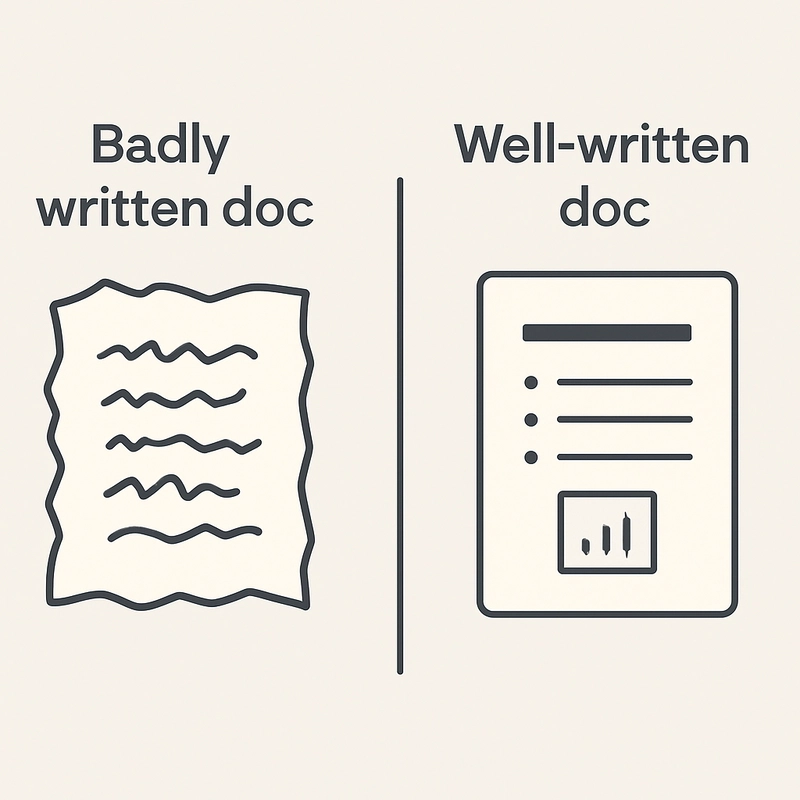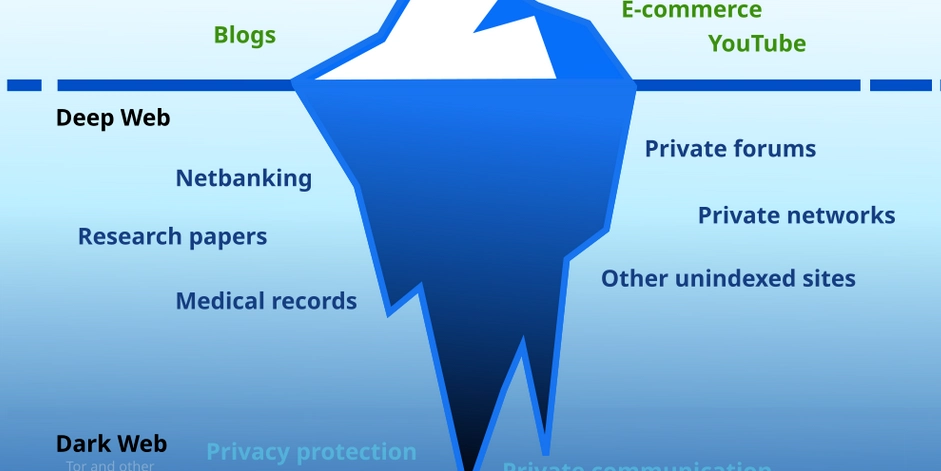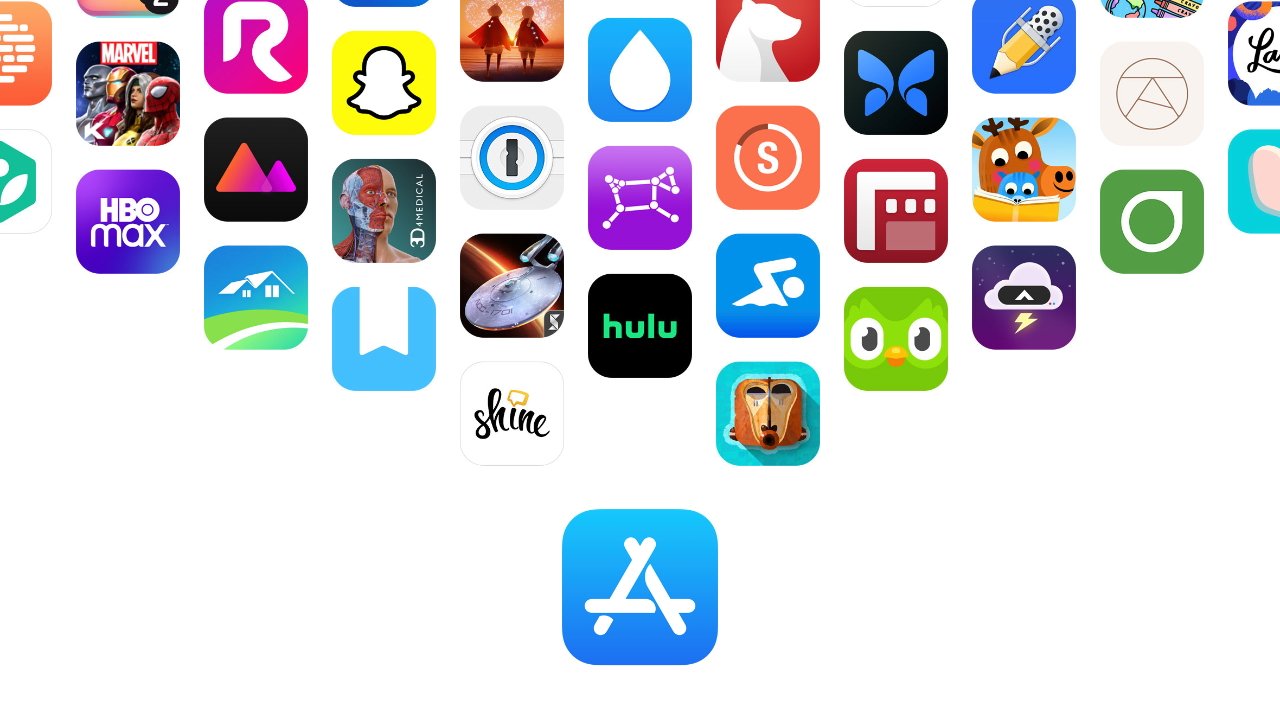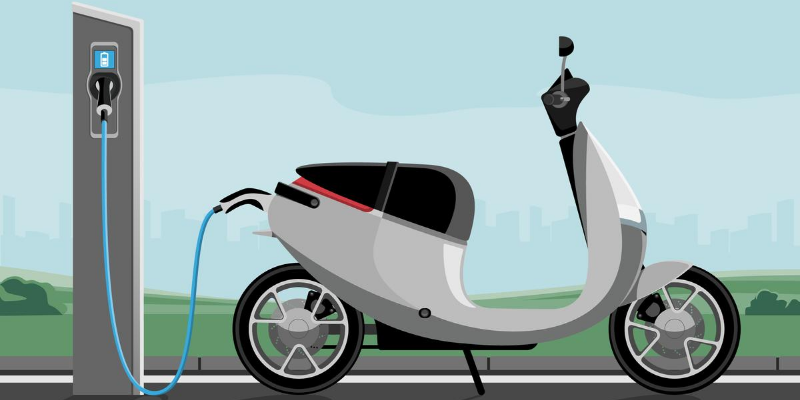✍️ Writing Design Docs That Don’t Suck (And Why It’s a Superpower for Engineers)
“If you can’t explain it simply, you don’t understand it well enough.” — Albert Einstein When systems break, people usually point to a bug in the code. But more often than not? The real bug was upstream — in how the idea was communicated. As engineers, we spend years mastering code but very little time mastering the craft of explaining our ideas. That gap can make the difference between launching with clarity or drowning in confusion. The truth is: clear writing is clear thinking. And nowhere is this more visible than in a design doc. If you want to drive real impact as a software engineer — especially at senior levels — writing great design docs isn’t just a nice-to-have. It’s a superpower! Because whether you’re building a new service, proposing architectural changes, or aligning across teams, your design doc becomes the source of truth, the collaboration artifact, and the technical memory of your system.

“If you can’t explain it simply, you don’t understand it well enough.” — Albert Einstein
When systems break, people usually point to a bug in the code. But more often than not? The real bug was upstream — in how the idea was communicated.
As engineers, we spend years mastering code but very little time mastering the craft of explaining our ideas. That gap can make the difference between launching with clarity or drowning in confusion.
The truth is: clear writing is clear thinking. And nowhere is this more visible than in a design doc.
If you want to drive real impact as a software engineer — especially at senior levels — writing great design docs isn’t just a nice-to-have. It’s a superpower!
Because whether you’re building a new service, proposing architectural changes, or aligning across teams, your design doc becomes the source of truth, the collaboration artifact, and the technical memory of your system.








































































































































































![[The AI Show Episode 145]: OpenAI Releases o3 and o4-mini, AI Is Causing “Quiet Layoffs,” Executive Order on Youth AI Education & GPT-4o’s Controversial Update](https://www.marketingaiinstitute.com/hubfs/ep%20145%20cover.png)































































































































![[DEALS] Mail Backup X Individual Edition: Lifetime Subscription (72% off) & Other Deals Up To 98% Off – Offers End Soon!](https://www.javacodegeeks.com/wp-content/uploads/2012/12/jcg-logo.jpg)





































































































































































































































![Google reveals NotebookLM app for Android & iPhone, coming at I/O 2025 [Gallery]](https://i0.wp.com/9to5google.com/wp-content/uploads/sites/4/2025/05/NotebookLM-Android-iPhone-6-cover.jpg?resize=1200%2C628&quality=82&strip=all&ssl=1)

















![Apple Reports Q2 FY25 Earnings: $95.4 Billion in Revenue, $24.8 Billion in Net Income [Chart]](https://www.iclarified.com/images/news/97188/97188/97188-640.jpg)







































































































